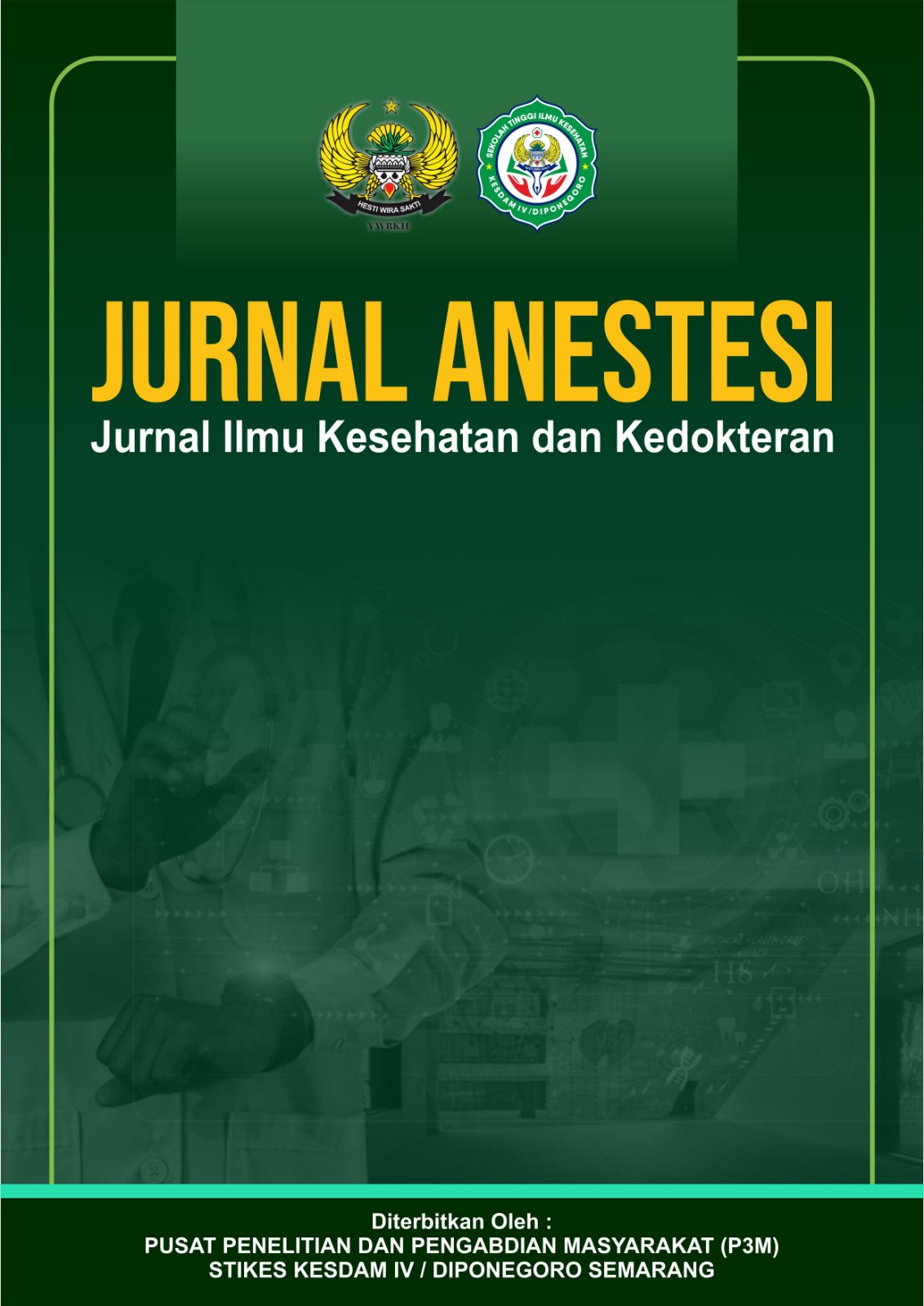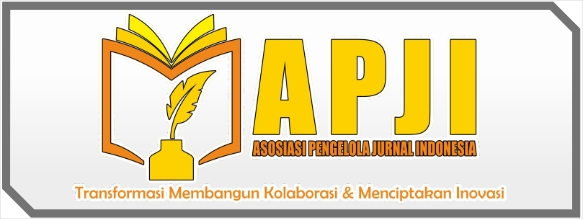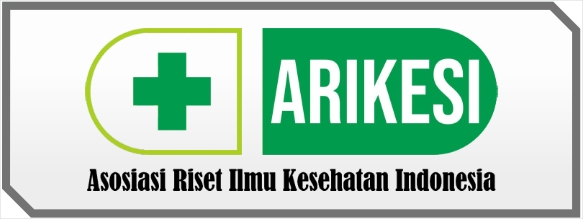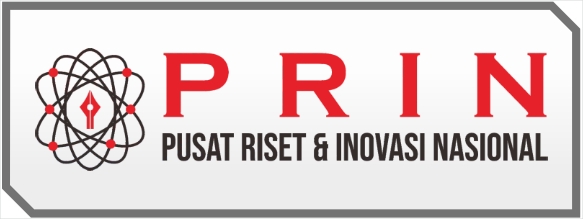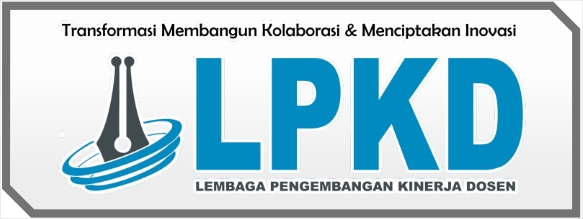Manajemen Fisioterapi pada Post Sectio Caesarea
DOI:
https://doi.org/10.59680/anestesi.v3i2.1781Keywords:
sectio caesarea, breathing exercise, pelvic floor exercise, mobilisasi exerciseAbstract
Sectio Caesarea (CS) is a method of childbirth through surgery with an incision in the abdomen and uterus. The causative factors include narrow pelvis, placenta previa, fetal malpresentation, and fetal distress. According to WHO, the global caesarean delivery rate ranges from 5-15% per 1000 births. Physiotherapy plays an important role in improving functional ability after CS through movement, reducing pain, increasing muscle strength, and accelerating recovery. A 30-year-old female patient, G3P2A0, 39+5 weeks of gestation, came to Simo Boyolali Hospital with complaints of tight stomach and premature rupture of membranes. The CS operation was performed at 16.00 WIB. Postoperatively, the patient experienced abdominal pain that worsened when moving and had difficulty sitting and breast milk had not come out. The patient was given breathing exercises, pelvic floor exercises, and mobilization exercises every 2 hours with 8 repetitions. The results showed a decrease in pain and an increase in functional ability. The post-CS physiotherapy program with breathing exercises, pelvic floor exercises, and mobilization exercises was effective in reducing pain and increasing the patient's functional ability.
References
Ahmadi, M., Amiri, M., Rezaeian, T., Abdollahi, I., Rezadoost, A. M., Sohrabi, M., & Bakhshi, E. (2021). Different Effects of Aerobic Exercise and Diaphragmatic Breathing on Lower Esophageal Sphincter Pressure and Quality of Life in Patients with Reflux: A Comparative Study. Middle East Journal of Digestive Diseaes, 13(1). https://doi.org/http://dx.doi.org/10.34172/mejdd.2021.205
Alphones, C. K., & Miranda, J. P. (2023). Effectiveness of Planned Early Ambulation on Postoperative Recovery among Cesarean Mothers: A Quasi-experimental study in Mangaluru. Journal of Health and Allied Sciences NU, 13(04), 551–556. https://doi.org/DOI: 10.1055/s-0043-1761212
Alsaywid, B. S., & Abdulhaq, N. M. (2019). Guideline on writing a case report. Urology Annals, 11(2), 126–131. https://doi.org/https://doi.org/10.4103/UA.UA_177_18
Chafsoh, Z. A., Herawati, I., & Muflihah, N. (2024). Manajemen Fisioterapi Pada Post Partum Sectio Caesarea: A Case Study. Academic Physiotherapy Conference Proceeding, https://proceedings.ums.ac.id/apc/issue/view/74. https://proceedings.ums.ac.id/apc/article/view/4282
Cho, S. T., & Kim, K. H. (2021). Pelvic Floor Muscle Exercise and Training for Coping with Urinary Incontinence. Journal of Exercise Rehabilitation, 17(6). https://doi.org/https://doi.org/10.12965/jer.2142666.333
Devi, I. M., & Widodo, A. (2022). Case Study: Program Fisioterapi Pada Kasus Post Partum Sectio Caesarea Et Causa Iugr Oligohidramnion. Journal of Innovation Research and Knowledge, 2(7). https://doi.org/https://doi.org/10.53625/jirk.v2i7.4211
Dewi, A. P. S., Setianingsih, N. J., Maesaroh, S., Sulasih, U., Rahmadhani, W., & Novyriana, E. (2022). The Role of Early Mobilization on Wound Healing After Sectio Caesarea. Journal of Sexual and Reproductive Health Sciences, 1(1). https://doi.org/https://doi.org/10.26753/jsrhs.v1i1.698

